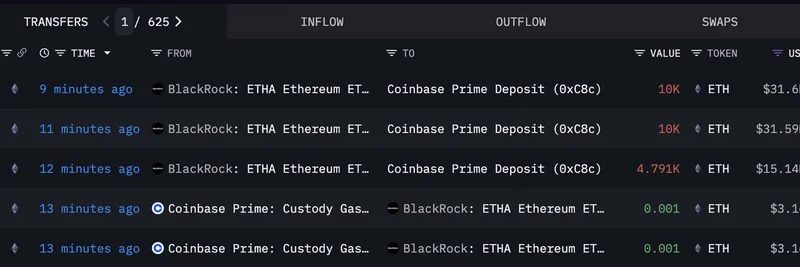In the wild world of meme tokens, where viral hits can skyrocket overnight and fizzle just as fast, building adaptable software isn't about piling on layers of complexity. It's about staying nimble. A recent tweet from software engineer Yossi Kreinin captures this perfectly: "Software is kept easy to change by a small size and a sense of humor, not by a shitton of tests and design-patterned layers of abstraction (which real-life changes often disrupt, and then the sheer weight of all these trappings of high culture deters you from changing anything)." Check out the original tweet here.
Kreinin's point hits home for blockchain practitioners. Meme tokens, often launched on platforms like Solana or Ethereum, thrive on speed and community buzz. Overloading your smart contract code with excessive unit tests or intricate design patterns—think factories, singletons, or endless interfaces—might feel like "best practices," but it can backfire. When a new meme trend emerges, like a sudden shift from dog-themed coins to AI-inspired ones, you need to pivot quickly. Bulky codebases make that tough, turning what should be a fun, iterative process into a slog.
Instead, embrace simplicity. Keep your codebase small: focus on core functionalities like token minting, liquidity pools, and basic governance. This mirrors how successful meme projects like Dogecoin started—lighthearted and straightforward, without overcomplicating things. A "sense of humor," as Kreinin puts it, could mean injecting witty comments in your code or designing features that nod to internet culture, making the project more relatable and easier for collaborators to jump in.
For blockchain devs, this approach aligns with the decentralized ethos. Heavy abstractions can introduce vulnerabilities, especially in immutable smart contracts where bugs are costly. Tools like Solidity encourage concise code, and platforms such as Pump.fun reward quick launches over perfection. By ditching the "high culture" of endless testing (which, let's be real, can't catch every edge case in crypto's chaotic environment), you free up time to experiment and respond to market vibes.
Of course, this doesn't mean skipping security altogether—audits and basic tests are crucial for meme tokens to avoid rugs or exploits. But Kreinin reminds us that true changeability comes from lightness, not weight. Next time you're coding your next viral token, ask: Is this fun? Is it simple? If yes, you're on the right track to meme immortality.


